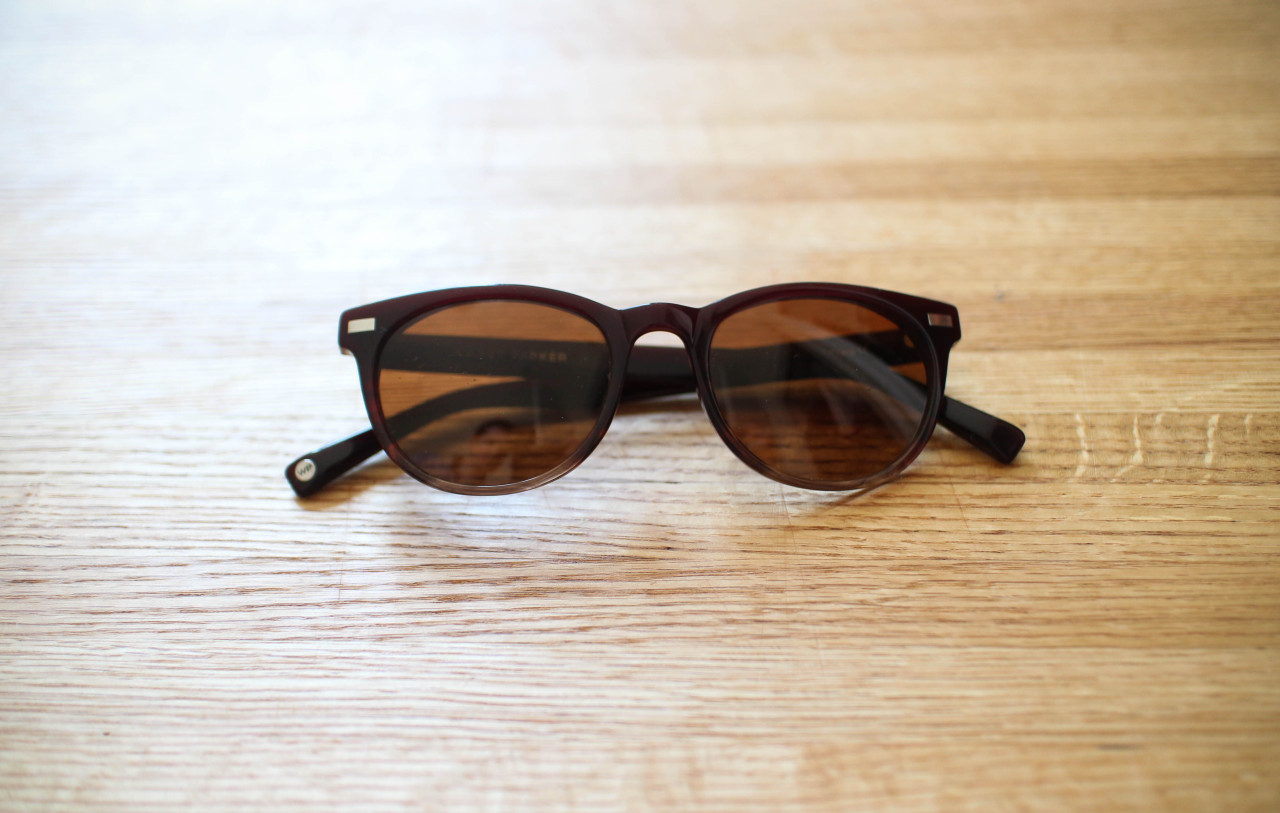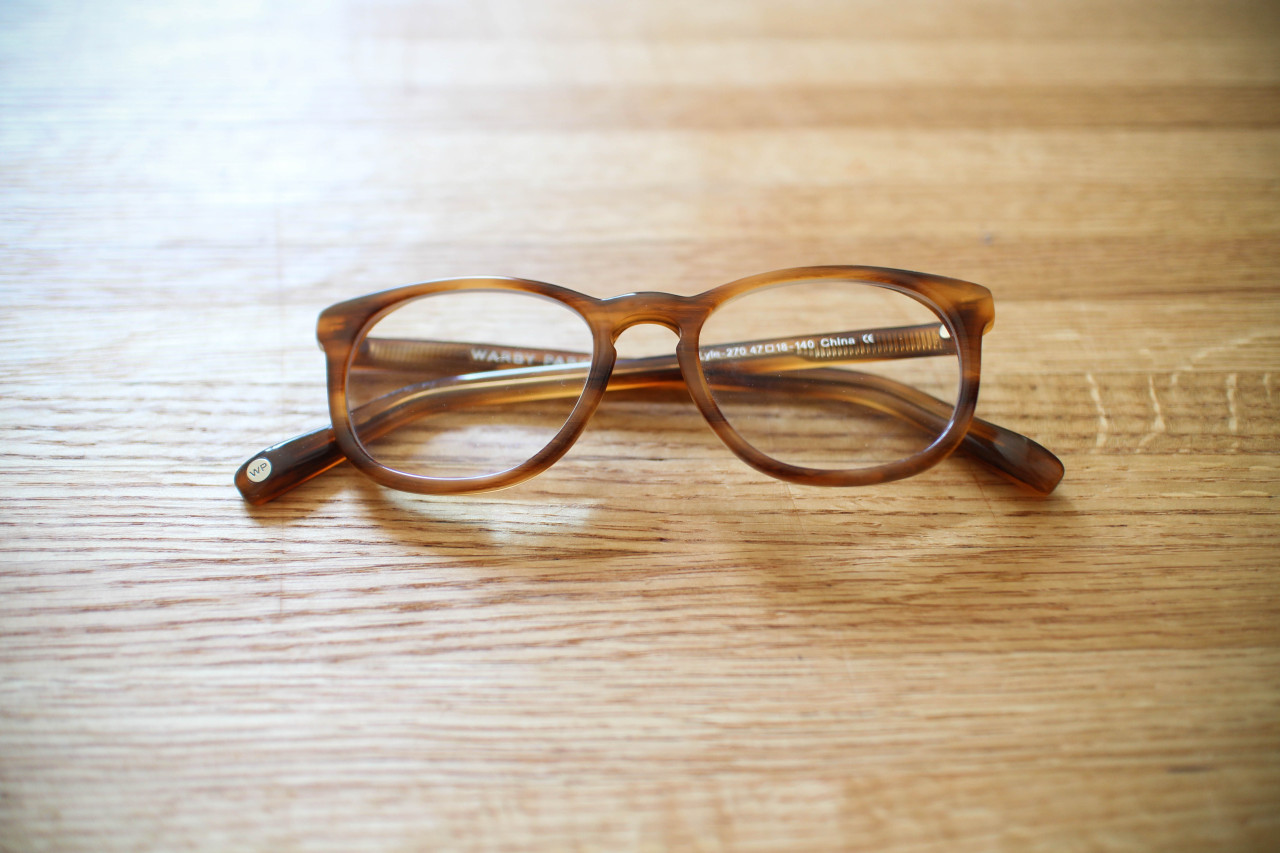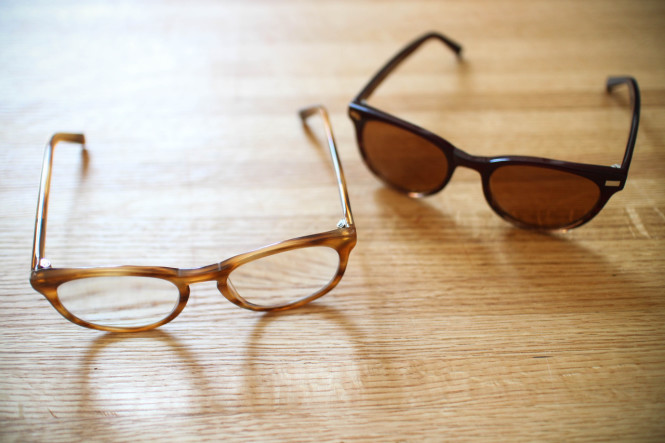One of the common frustrations in my day-to-day life is the fact that I have bad eyes. They are weak in the sun, dry at night, and aren’t particularly good at seeing things that are close by or far away. It’s been a constant source of annoyance over the years, but I’ve quickly found that the best way to manage them is to take good care of them. Of course, anyone with a prescription knows the out-of-control cost of glasses these days; as you can probably imagine, that’s where Warby Parker comes into play.
For those that don’t know, Warby Parker entered the eyewear business several years and has since become the go-to place for affordable, attractive, and well-made glasses. I would take a moment to explain Warby Parker’s business model, but it has become so well-known that I now seen other companies referred to as “the Warby Parker of _____” It goes without saying that their “cut-out-the-middleman, try-on-at-home” philosophy has been extremely successful; if you’re not familiar with how it works, read here and here.
Warby Parker’s business model is certainly interesting, but it becomes much more so with a good understanding of the eyewear market. For instance – if you’re not already familiar with the brand Luxottica, they’re essentially a huge behemoth of a company that owns all the glasses manufacturers and retailers you can think of (yeah, all of them). Essentially, this means that if you’re not buying glasses from a small handful of companies – like Moscot, Garrett Leight, Randolph Engineering, and a few others – you’re stuck sending your money to an enormous corporation that has an incredible amount of control over the price of glasses. Warby Parker is a breath of fresh air in this regard, and I’m sure that one of the ways they can offer such a great price is the fact that they are not connected to Luxottica or one of the other major eyewear companies.
As for my two pairs, I own the “Lyle” prescription frames and the “Sinclair” sunglasses (currently only available as optical). The sunglasses are about two years old now, and the optical frames are fairly new. Neither have had any mechanical problems with loose screws or hinges, and the acetate has no signs of age beyond the expected amount of wear.
I’ve accumulated some dings and scratches on the sunglasses, but I’m honestly surprised they’re aren’t worse off given how hard I use them. I also just learned that WP will replace scratched lenses for free within the first year, which is more than reasonable (lenses can be replaced for a small fee after one year). These shades are with me every time I leave the house, and have seen a lot of action over the past two years. I’d like to expand my sunglasses collection a bit so that I have a few options, but for the time being these have been lifesavers.
Besides having the standard UV protection, all of WP’s sunglasses are also polarized; this makes a huge difference, and also usually incurs a large price increase. For those that aren’t familiar, polarized lenses reduce glare and increase clarity by filtering out horizontal light – this makes them great for water-related activities like sailing (although it will make the screen of your iphone look weird). The shape of the Sinclair frames is simple and unassuming, along with being slightly narrow for my small head. The burgundy fade colorway is a nice subtle bit of distinction, too.

My “Lyle” frames are quite new, but I have had no problems with the prescription lenses or hardware. I was able to take a quick photo of my prescription card and attach it to my order, and the rest was taken care of. Pretty simple, really. I opted for the high-index lenses, which cost an additional $30 – a very reasonable upcharge. Their high-index frames are also ashperic, and both of these upgrades decrease lens weight and distortion (which is great on a hefty prescription like mine).

Of course, Warby Parker glasses do have their shortcomings, but these are small compared to the overall value of the product. To me, the biggest issue is that the frames do not come in varying sizes, which limits options; there are many pairs that I loved the styling of but were too big for my small head and therefore not an option (I probably had three home-try-ons for each pair purchased, but this didn’t seem to be a problem with WP). And although I think WP’s retro-inspired frames are definitely attractive, I do think that some other high-end brands have slightly more refined designs (for instance, compare Warby Parker’s Downing to Garret Leight’s Hampton or Olver People’s O’Malley – the differences are subtle, but I find the styling on the latter two a bit more appealing). And although the material and construction quality is relatively high, I don’t think it’s quite at the level of more expensive brands. For instance, my opticals have a bit of a creaky sound to them – not from the hinges, but from the lenses rubbing against the frame.
These comments definitely aren’t to say that I think Warby Parker glasses are a bad deal, though; the fact that I’m comparing them to glasses 3-5x their price should be an indicator of that. This blog focuses on products that provide a great value for their relative cost, and Warby Parker excels in that regard.
So if you’re optically challenged like myself or just need a go-to pair of shades for the upcoming summer, I highly recommend looking into Warby Parker if you haven’t already. I don’t think you’ll find better quality, styling, or customer service for under $100 anywhere else.
